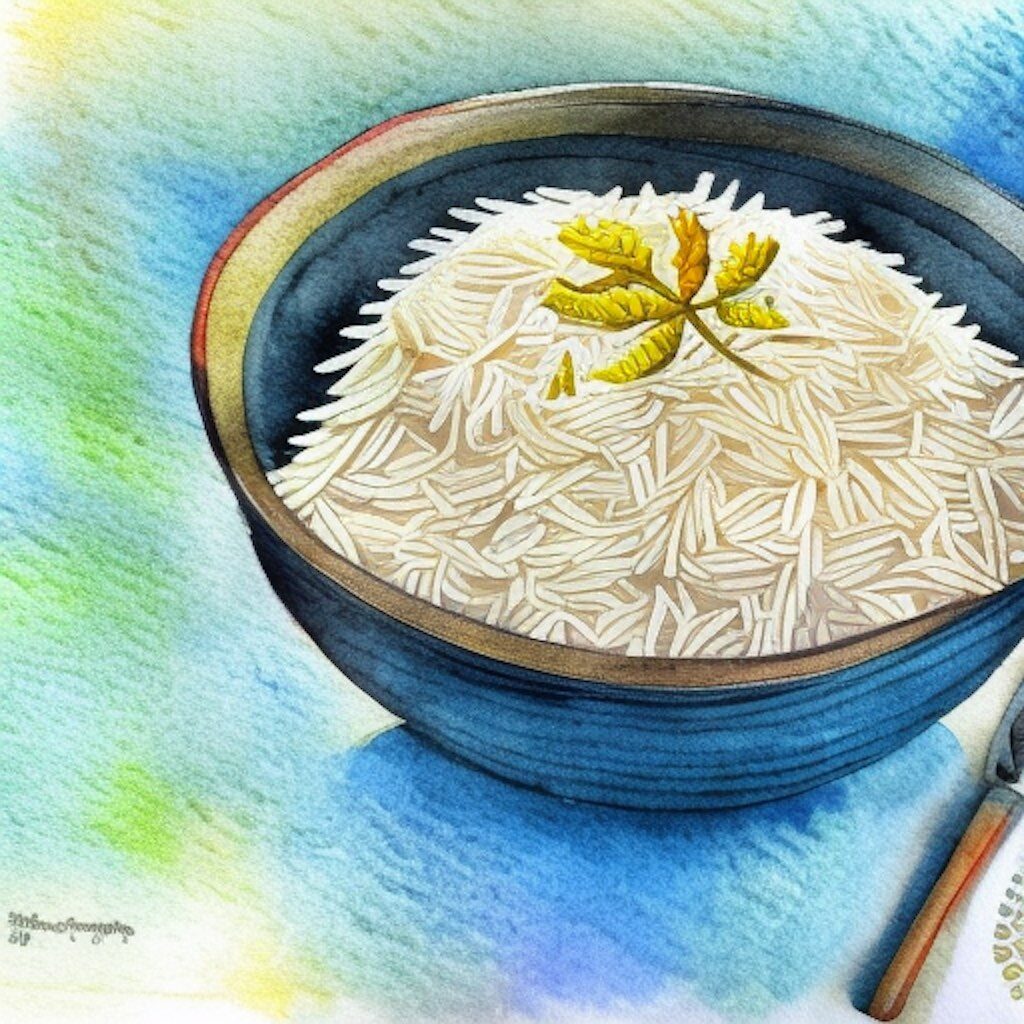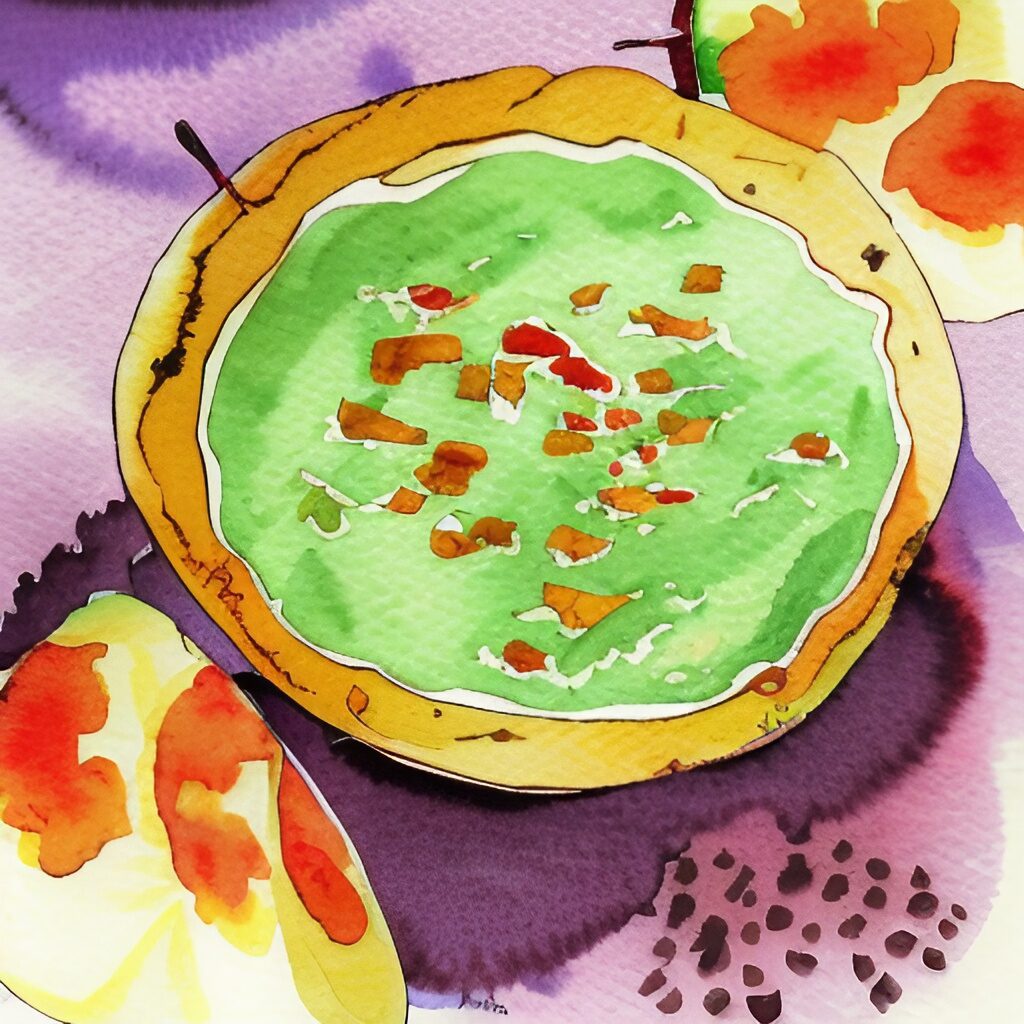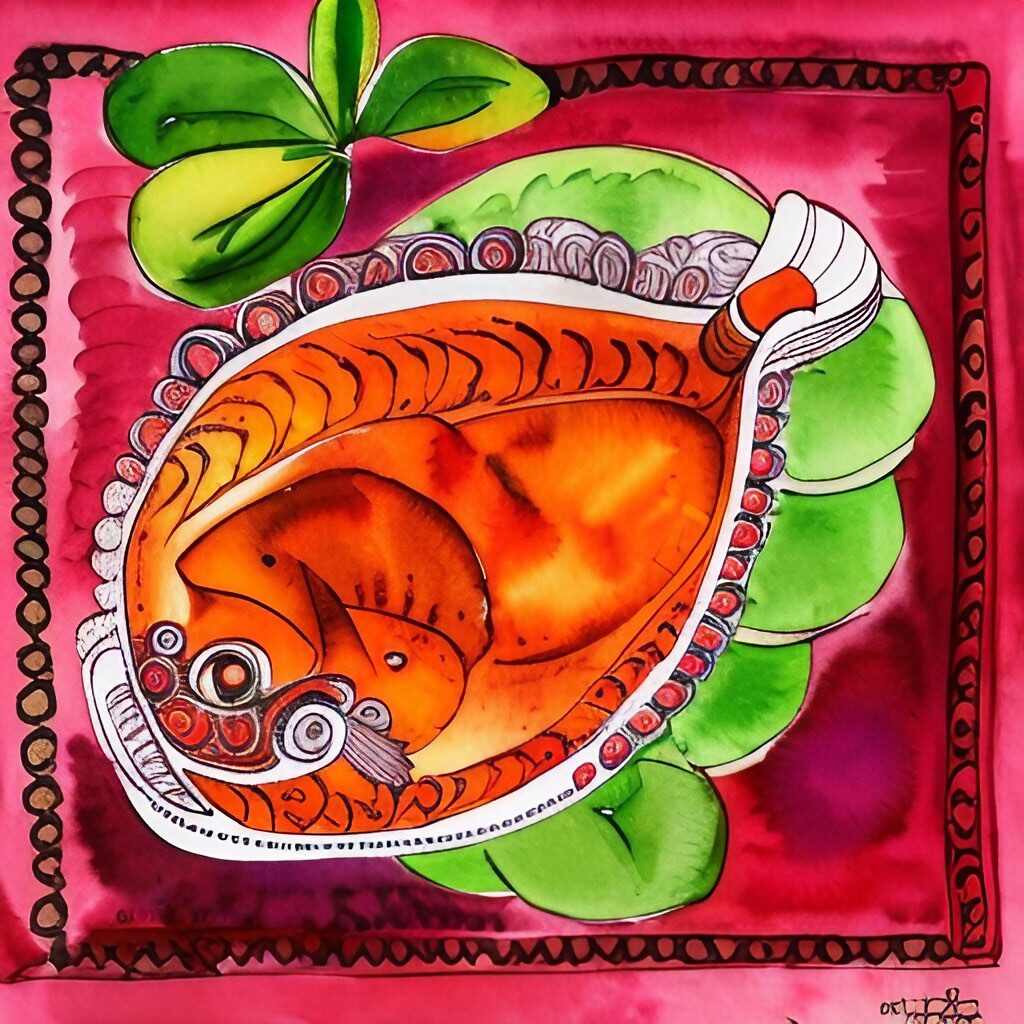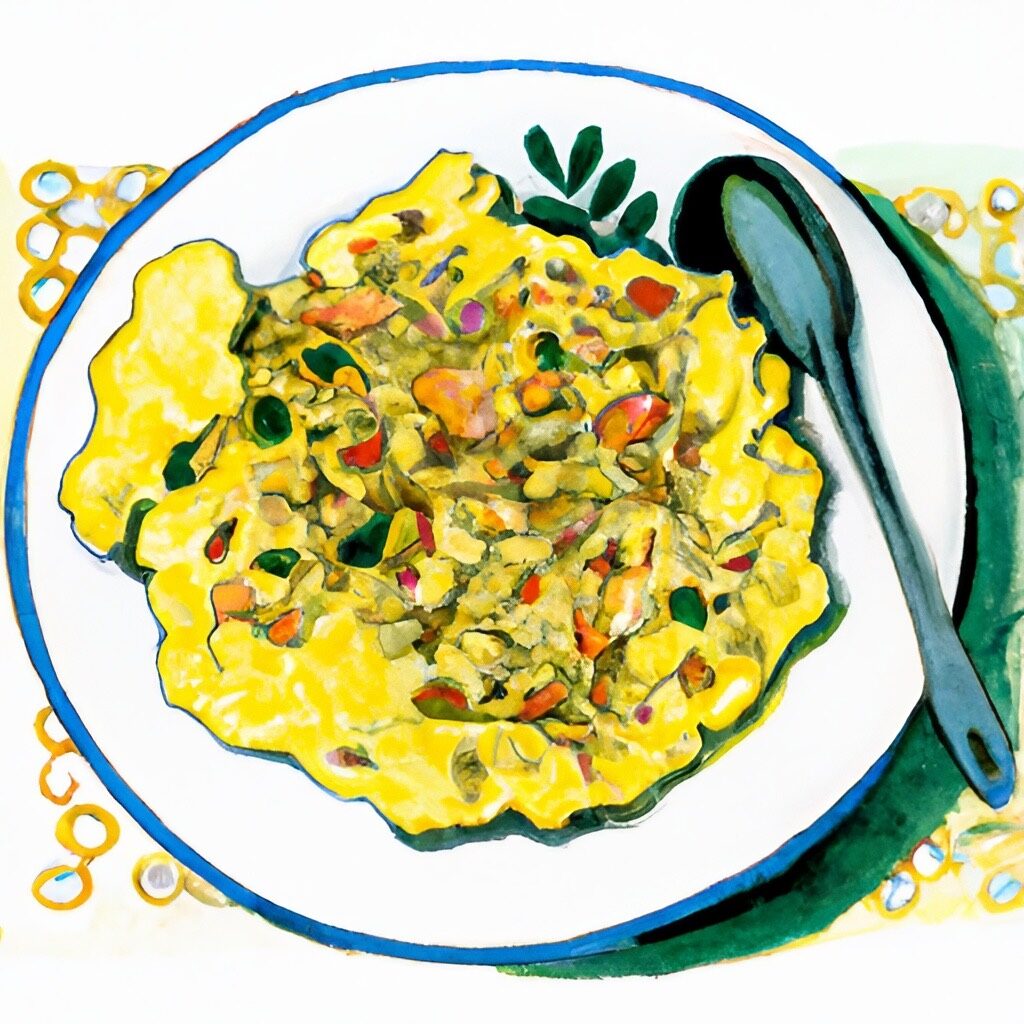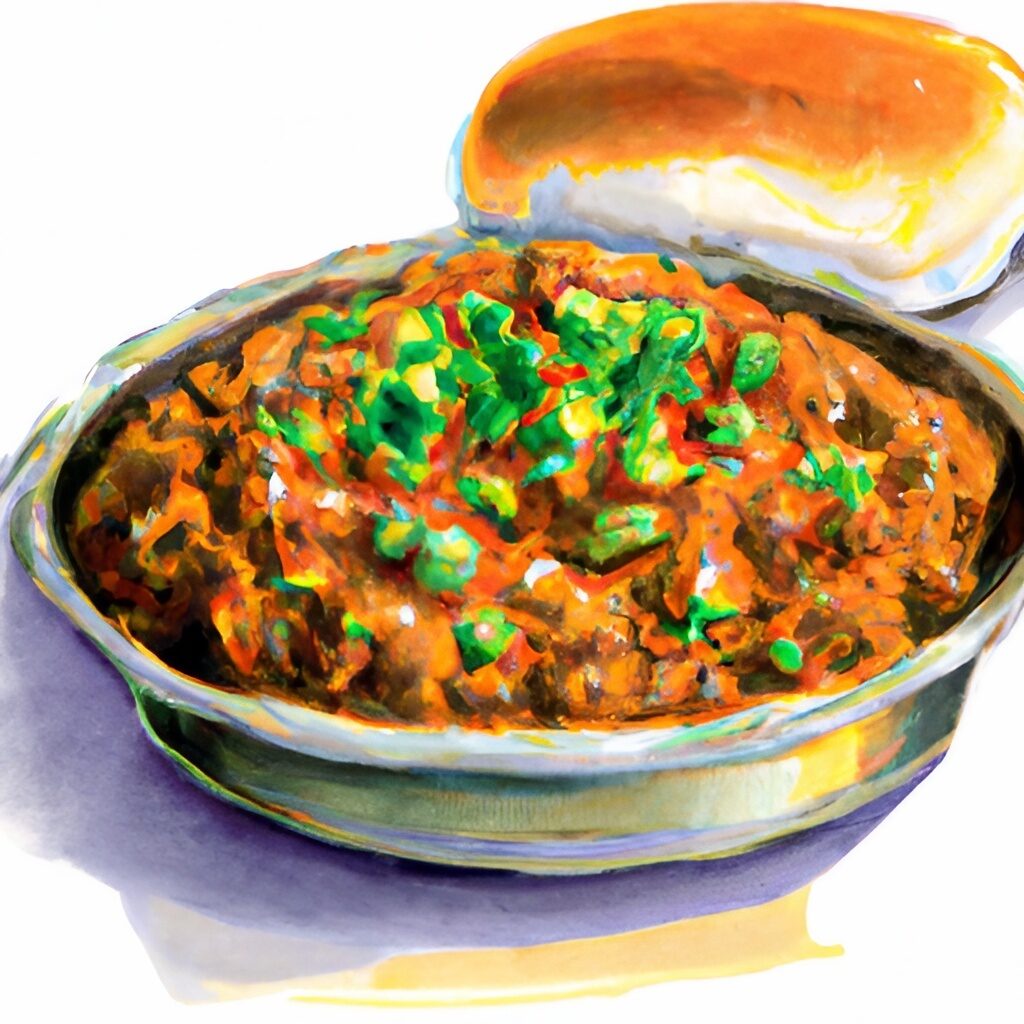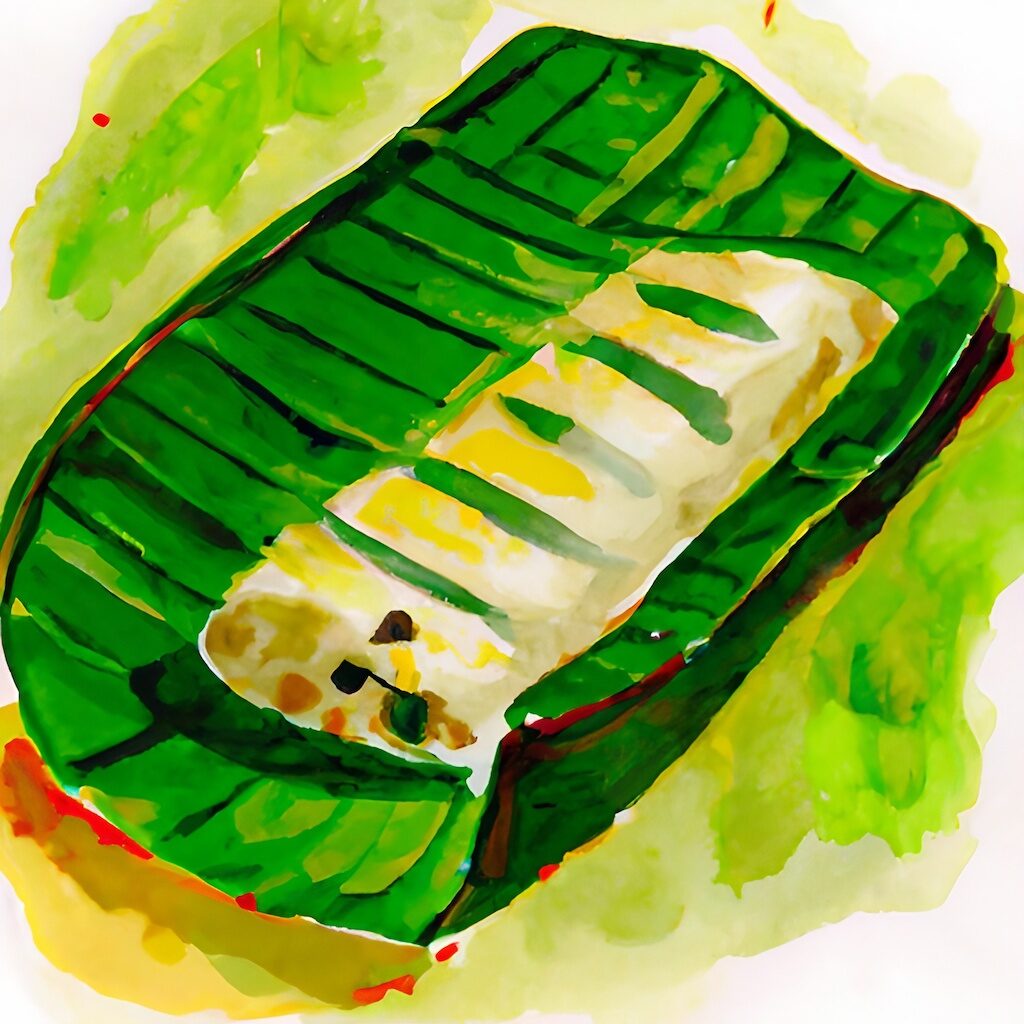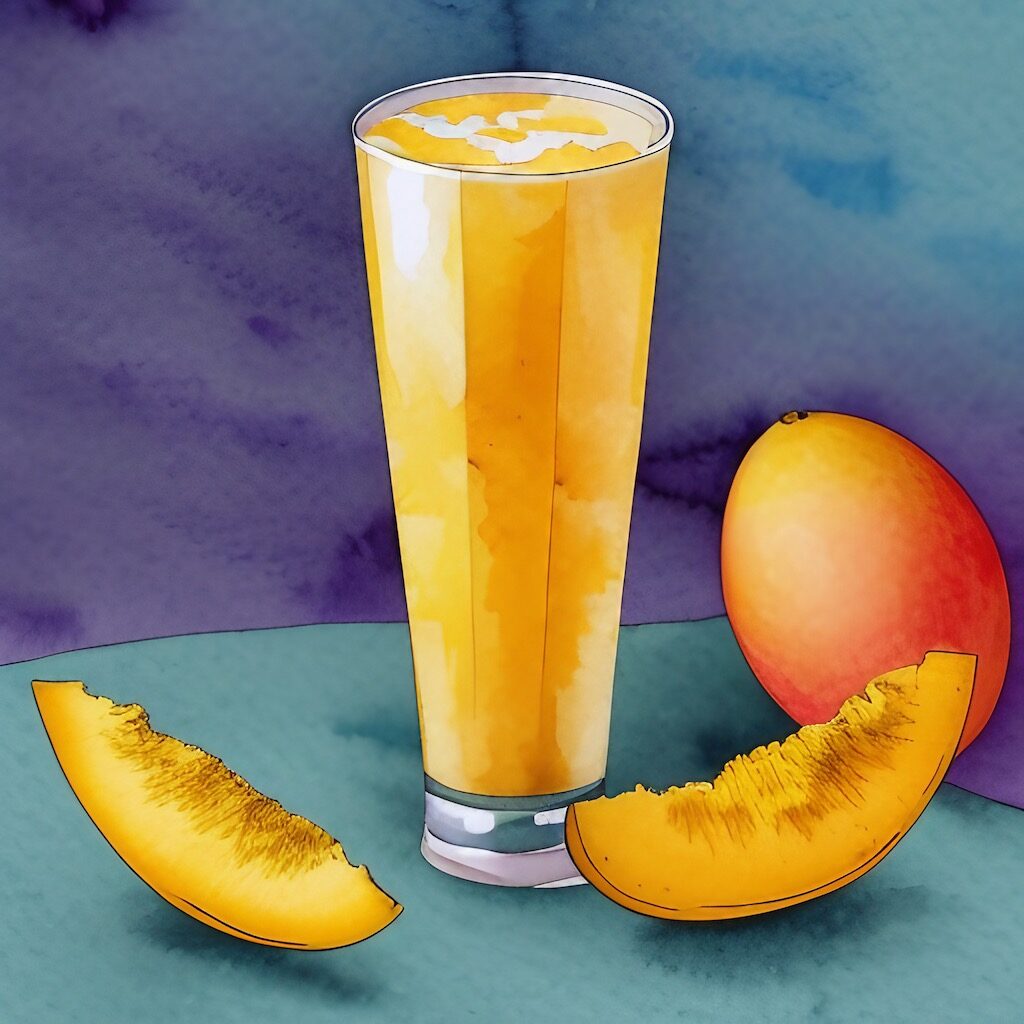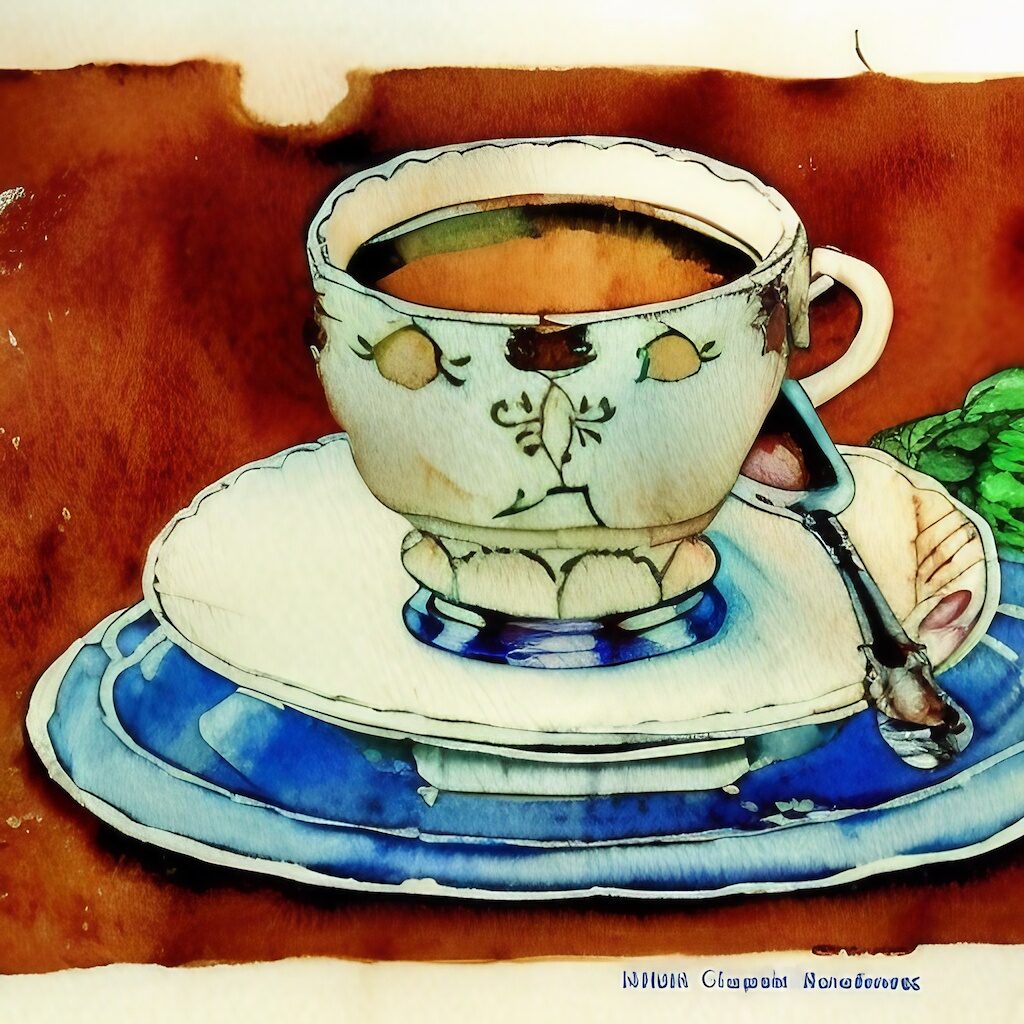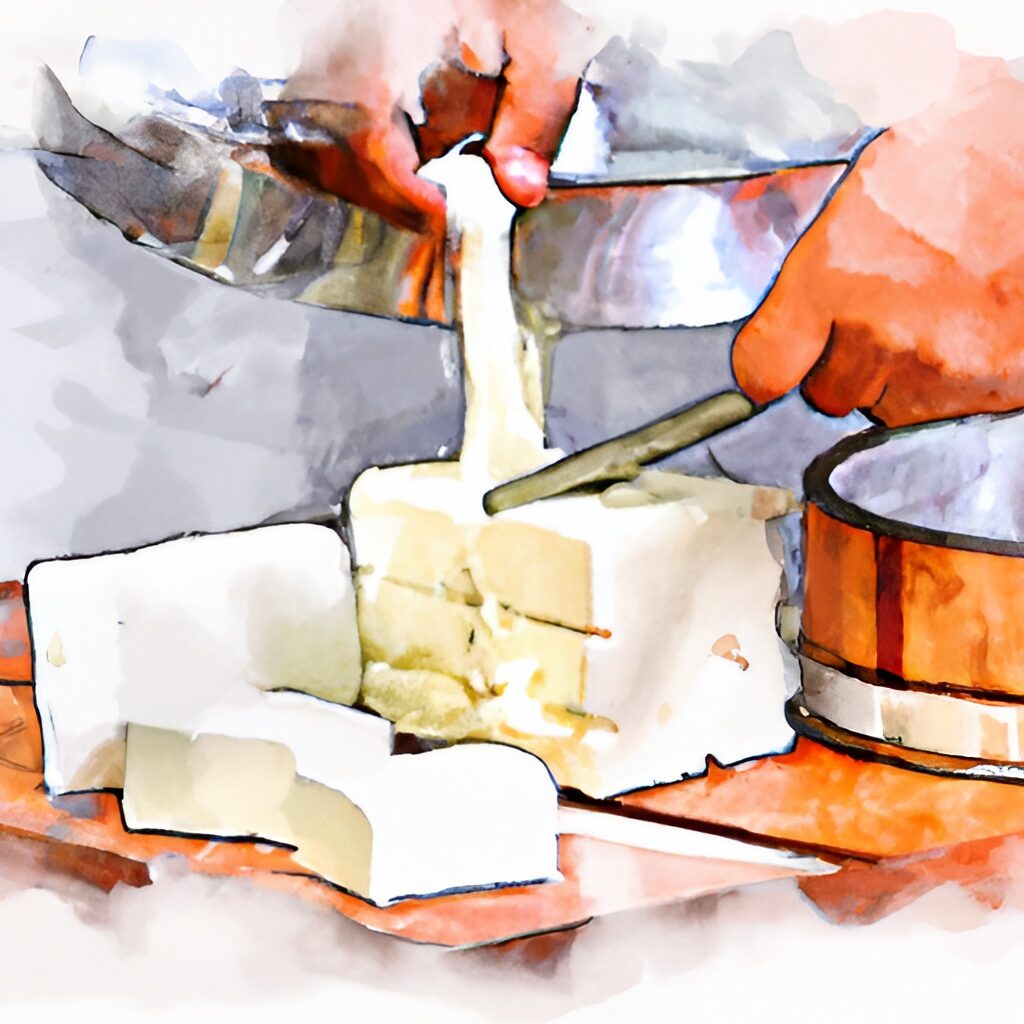
What Is Paneer?
Paneer is an unaged cheese that is popular in Indian cuisine. It is made by curdling cow’s or buffalo’s milk with lemon juice, vinegar, or another acidic ingredient. The resulting whey is then strained and pressed in muslin cheesecloth to create a firm block of cheese. Paneer has a firm and slightly crumbly texture, a mild and tangy flavor, and does not melt when heated. Paneer is completely vegetarian-friendly and can be used to make a variety of tasty dishes, from pakora to curries.
How is Paneer Used in Indian Cooking?
Paneer is a versatile ingredient that is used in a variety of dishes in Indian cuisine. Some common uses for paneer include:
- Saag paneer: Saag paneer is a popular Indian dish made by cooking chopped paneer in a spicy and creamy spinach sauce. It is typically served with naan, rice or roti.
- Palak paneer: Palak paneer is a similar dish to saag paneer, but it is made with a pureed spinach sauce instead of chopped spinach. It is also typically served with naan, rice, or roti.
- Paneer tikka: Paneer tikka is a popular Indian snack made by marinating paneer cubes in a mixture of spices and herbs and then grilling or frying them until they are crisp and golden. It is typically served with a variety of chutneys or sauces.
- Paneer paratha: Paneer paratha is a popular Indian breakfast dish made by stuffing a roti with a filling of spiced paneer and vegetables and then grilling or frying it until it is crisp and golden. It is typically served with a variety of chutneys or sauces.
Buying Paneer vs Making Paneer
Paneer is now available in most Indian grocery stores. We’ve even seen it in normal grocery stores such as Whole Foods and Costco. It is a perfectly valid shortcut to buy paneer for your dishes.
However, making paneer at home is fun and satisfying. It allows you greater control over texture and allows you to customize flavor by adding spices during the cooking process.
Paneer Recipe
ingredientes
- 1 gallon whole milk
- 1/4 cup lemon juice or vinegar*
- 1/2 tsp salt* The amount of acid required to make paneer will vary depending on the quality of the milk used. Milk with a higher fat content will require more acid to curdle and create cheese.
Instrucciones
- In a large saucepan, heat the milk over medium-low heat until it reaches a gentle boil–stir occasionally.
- The milk should begin to curdle immediately. After the milk has curdled completely and you see a bit of green whey take it off the heat.
- Strain the curdled milk through a cheesecloth-lined colander, and let it sit for 20-30 minutes to allow the whey to drain off.
- Carefully gather the corners of the cheesecloth and twist them tightly to form a ball of paneer.
- Run clean water over the cloth to rinse to reduce the acid flavors.
- Place the paneer in a colander and press it gently with a plate or a pot lid to remove any excess whey. For firmer paneer, put a one-pound weight on the plate and let it sit for an hour.
- Transfer the paneer to a clean bowl and stir in the salt.
- Cover the bowl with plastic wrap and refrigerate the paneer for at least 4 hours or until it is firm and chilled.
- Cut the paneer into cubes or slices, and use it in your favorite Indian dishes.
Five Food Acids that Curdle Milk for Paneer
You can use a variety of acids to curdle the milk. Each gives it the paneer a slightly different characteristic.
- Lemon juice or lime juice: Add 1/4 cup for a gallon of milk for a soft and firm texture.
- Vinegar: Add 1/4 cup of white vinegar or apple cider vinegar for a faster curdling process and a firm and soft texture.
- Curd or yogurt: Add between 1/4 cup to 1/2 cup of fresh curd or yogurt for a softer and moister paneer.
- Buttermilk: Add between 1/4 cup to 1/2 cup of buttermilk for a soft and firm paneer.
- Citric acid: Citric acid is used in the commercial production of paneer and will give you firm paneer.
Paneer Recipe Variations
- Vary the flavor of the paneer by adding spices, such as cumin, cilantro, or ginger, to the milk before curdling it.
- Vary the texture of the paneer by pressing it more or less firmly to remove the whey. A firmer paneer will have a drier and more crumbly texture, while a softer paneer will have a moister and more creamy texture.
- Vary the acidity of the paneer by using different acidic ingredients to curdle the milk, such as vinegar, citric acid, or buttermilk.
How to Store Paneer
Storing paneer is easy and it will last for about a week in the refrigerator if stored properly. primero, ensure the paneer is wrapped tightly in plastic or aluminum foil to prevent any air from getting in. Secondly, place the wrapped paneer in an airtight container or resealable plastic bag before storing it in the refrigerator. It is also important to note that if you see any mold or discoloration on the paneer, it should be discarded immediately as it is no longer safe to consume. Additionally, if you have a large block of paneer and don’t plan on using it all within a week, you can freeze it for up to 2 months. Make sure to wrap it tightly in plastic or aluminum foil before placing it in an airtight container or resealable plastic bag before storing it in the freezer.
Uses for Paneer Whey
Paneer whey is the liquid that is left over after making paneer. It is a by-product of the paneer-making process and is rich in protein, vitamins, and minerals. Paneer whey can be used for various purposes and has several benefits. Some of the ways paneer whey can be used include:
- As a protein supplement: Paneer whey is a good source of protein and can be used as a supplement for those looking to increase their protein intake.
- As a cooking ingredient: Paneer whey can replace water or milk in recipes such as curries, soups, and stews.
- For fermentation: Paneer whey can make probiotic-rich foods such as kombucha, kefir, and yogurt.
- For baking: Paneer whey can replace milk or water to add protein and moisture to baked goods.
- As a fertilizer: Paneer whey can be used as a fertilizer for plants as it contains beneficial nutrients.
It’s important to note that whey should be consumed or used within 2-3 days of making the paneer, as it has a high water content and will spoil if not stored properly.
